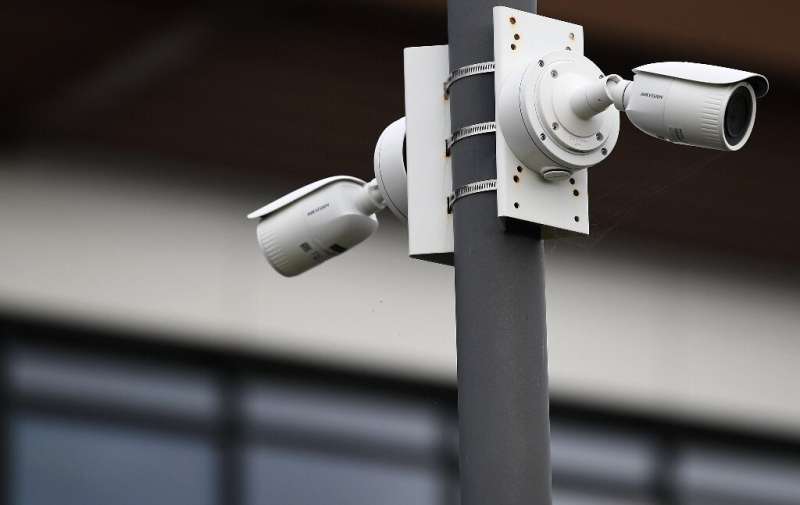In today’s interconnected world, where information flows freely and technology plays a critical role in our lives, security has become a paramount concern. Protecting our personal information, online assets, and digital identities has never been more important. This article serves as a comprehensive guide to achieving all security in the digital age, covering various aspects of security and offering practical tips and best practices.
All Security Physical
Use strong locks and security systems to protect physical access to your home, office, or any other premises where critical data is stored.
Implement proper access controls, such as key cards or biometric authentication, to restrict entry to sensitive areas.
Encrypt and password-protect physical storage devices like USB drives and external hard disks.
All Security Online
Use strong, unique passwords for each online account and consider using a reliable password manager to securely store them.
Enable two-factor authentication (2FA) wherever possible to add an extra layer of security.
Regularly update your operating system, web browsers, and software applications to ensure you have the latest security patches.
Be cautious of phishing attempts and avoid clicking on suspicious links or downloading attachments from unknown sources.
Utilize a reputable antivirus and anti-malware software to protect against malicious software and potential threats.
Data Protection
Regularly back up your data to an external, secure location, such as a cloud storage service or an offline backup drive.
Encrypt your data to ensure that even if it falls into the wrong hands, it remains inaccessible.
Be mindful of sharing personal or sensitive information online, especially on social media platforms, and adjust privacy settings accordingly.
Network Security
Change the default login credentials of your routers and Wi-Fi networks to prevent unauthorized access.
Use a strong, unique password for your Wi-Fi network and consider enabling network encryption (WPA2 or WPA3).
Regularly update your router’s firmware to patch security vulnerabilities.
Segment your network to isolate devices and limit the potential impact of a security breach.
Mobile Security
Set a strong PIN, password, or biometric authentication for your mobile device.
Install apps only from trusted sources, such as official app stores, and regularly update them to patch security vulnerabilities.
Enable remote tracking and wiping features to locate and protect your device if it gets lost or stolen.
Be cautious when connecting to public Wi-Fi networks and consider using a virtual private network (VPN) for added security.
In an era of increasing digital threats, achieving all-round security requires a multi-faceted approach. By implementing physical security measures, strengthening online security practices, protecting your data, ensuring network security, and securing your mobile devices, you can significantly reduce the risk of falling victim to various security breaches. Remember, staying vigilant and regularly updating your security practices are key to safeguarding your digital life in the ever-evolving landscape of the digital age.





